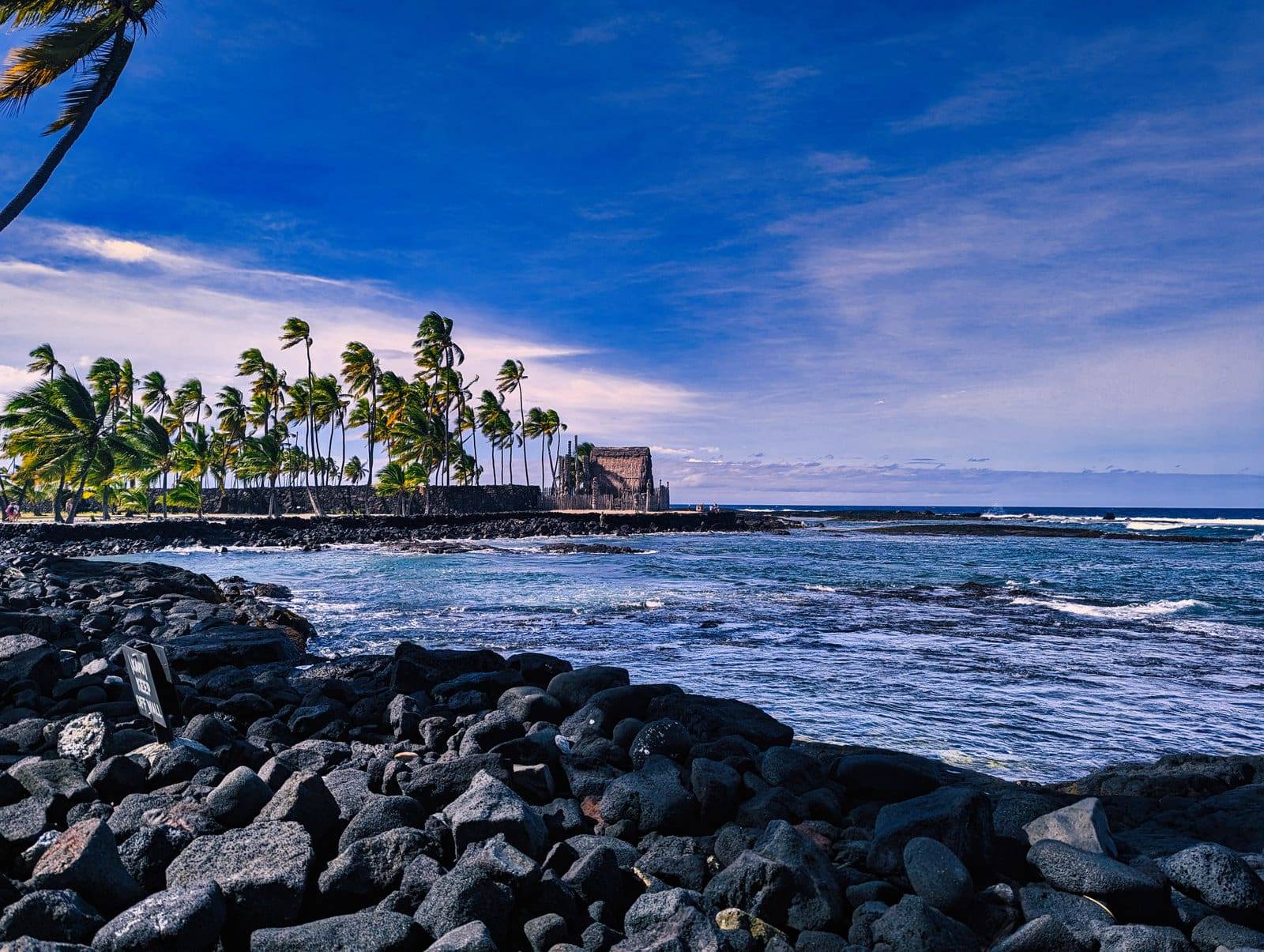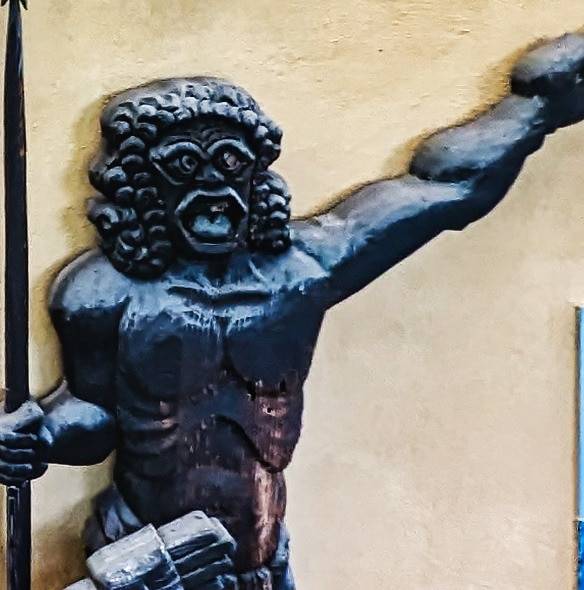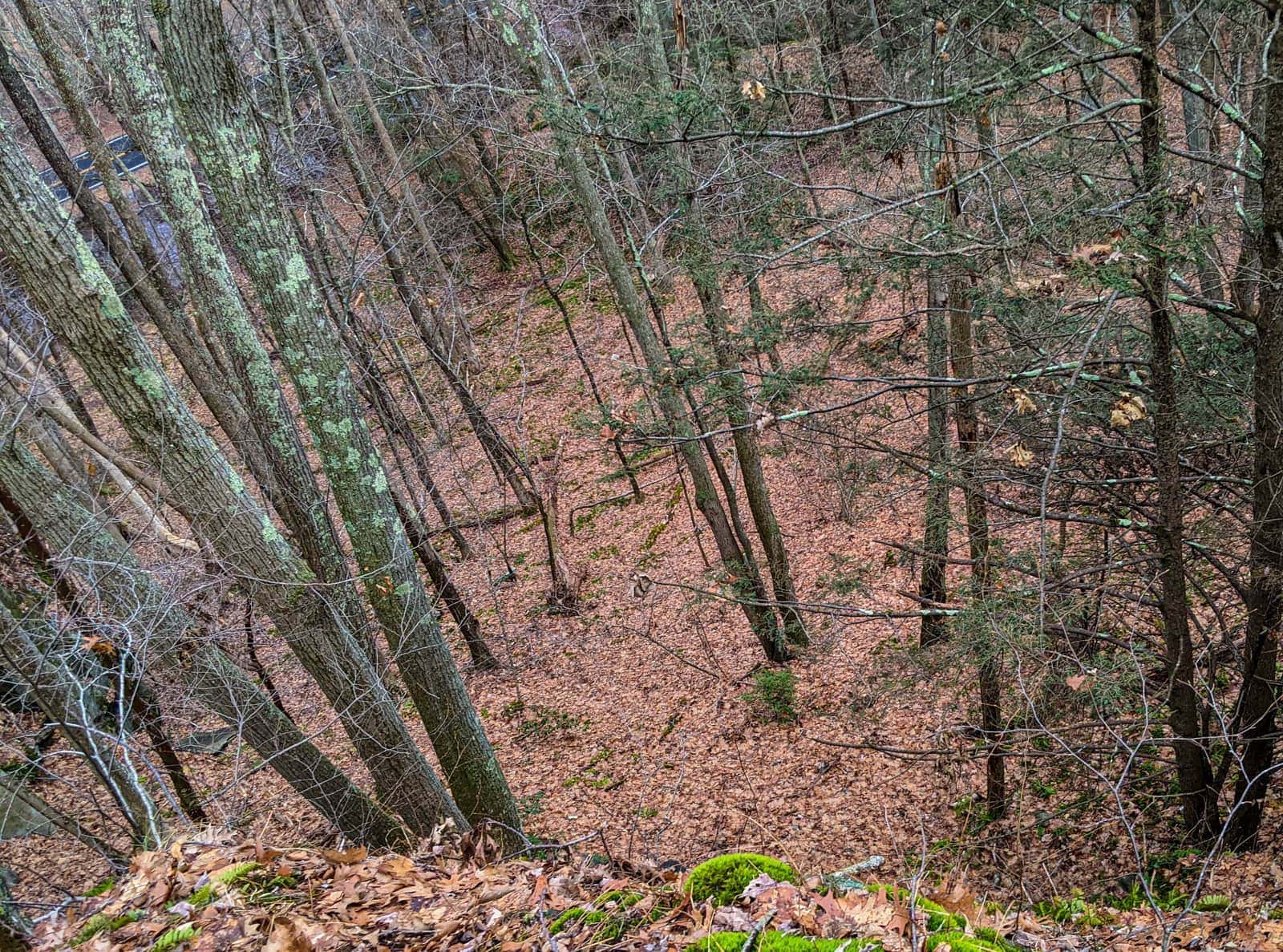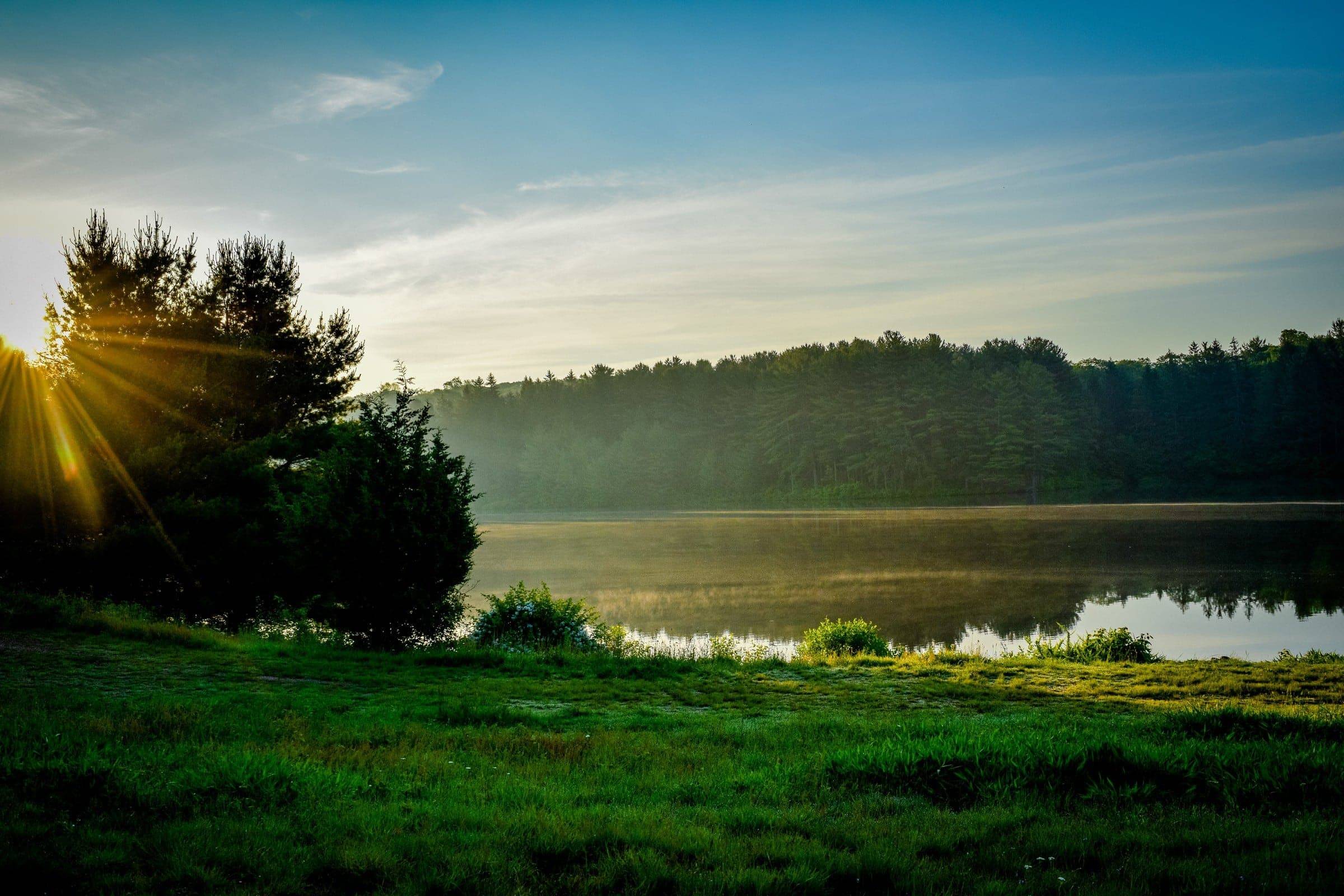The people of Hawai'i
Classifying the people of Hawaii is no easier than classifying the land. Kamaʻāina applies to native Hawaiians and locals who choose to live there alike. It simply means “People of the Land”. Though like all Hawaiian words there are shades and layers of meaning which translates into everything from “Children of the Land” to “Stewards of the Land.”
We aren’t so much into the touristy thing. Discovery of the land and people is what we go for. Though in her case it’s people and land. Our order of priority is different. Tell me all about volcanoes rising from the sea. Then tell me about the plants, animals, people. In that order.

Kamaʻāina applies to native Hawaiians and locals who choose to live there alike. It simply means "People of the Land". Though like all Hawaiian words there are shades and layers of meaning.
Who are the Hawaiians?
Locals in Hawai’i fall into two categories: Natives and the people who came from elsewhere at any point since 1778 and their descendants.
The Locals
The non-native locals of the islands come from all over for as many reasons as there are them. Our experience in Ocean View showed us a common denominator among them all: Island Vibe.
Nothing is a rush. The things that send many mainland folk into an emotional tailspin gets greeted with more of a “Hmm. Ok. There’s that now.” among big island locals Unless Moana Loa is sending a river of molten earth their way? They just aren’t going to get in a rush or overly uptight about it. Even then, they might not get overly agitated. Our Kamaʻāina friend Gina told us about her friends who sat on the hillside sipping champagne watching while Pele ate their house in 2018. That right there just capture’s my whole impression of non-native Hawaiian locals.
They are also resourceful AF. At least out in places like Ocean View anyway.People who live in a place where everything has to come by boat, thus costs a small fortune and may take awhile have to be. Jury-rig engineering is a required life skill here.
Kānaka Maoli, The True Human Beings
They are a Māori people whose ancestors came across thousands of miles of ocean to these islands from Polynesian islands such as Tahiti between 600-1100 AD. Those ancestors sailed in double hulled canoes that would make a guy who sailed with Columbus shake his head in disgust and make whatever unhappy noises in his language meant “Oh hell no.”
They lived under a strict caste hierarchy with taboos, or kapus, that had a religious sacrificial system involved that would make a member of just about any other aboriginal culture on earth make whatever unhappy noises in their language meant “Oh hell no.” Except for Aztec priests. They would make whatever happy noises meant “OH! Nice!” in their language.
And they lived in a land, some of them, that rumbled, moved, melted. erupted, exploded and sometimes drowned. Land that would make anyone with sense make the “Oh Hell No” noises.
I was a little disappointed to learn they didn’t do the sacrificial bit by throwing the unfortunates into the erupting volcano. I’m pretty sure Hollywood just made that up for the movies.
Beyond it all, these were a people who surmounted great odds to find this place. There to develop in isolation. In that isolation they evolved a functionally successful, highly sophisticated social, political and economic structure to maximize the limited productive capacity of the islands and people while exercising a brutally efficient, but necessary in their worldview, method of population control.

Then Captain Cook Happened
Then came the white people in boats with their greed, guns, and God. Which sent that whole functioning setup into an fatal tailspin in the shortest of orders. Suffice it to say, today, and because of this, these beautiful and unique people are a disproportionately impoverished minority on their own islands, while others reap the native wealth rightfully theirs.
Within a generation of Captain Cook’s discovery the Kānaka Maoli population was devastated by disease. Their way of life and belief system was all but eradicated. Within two their native traditions were gone. Within three, even their voice was taken away as United States Marines helped the good business people depose Liliʻuokalani, the last Hawaiian queen for the greater glory of capitalism and the crime of desiring some power over her islands and some degree of self-determination for her people. With this Hawaiian sovereignty and self-rule was only a memory for story time.
That’s what happens when an indigenous population gets trapped between the anvil of market economies and and the hammer of advanced military technology wielded by a colonization mindset.
And these people are still being colonized. Only the principles have changed, Now its mainland and Asian business interests profiting from an overwhelming tourist trade.
Puʻuhonua o Hōnaunau: History and Culture Encapsulated
Puʻuhonua o Hōnaunau is tagged as a National Historic Park, but this is a misnomer. It would more accurately be described as a religious and cultural center for the Kānaka Maoli, As well as one of their most sacred spaces.

What and where - the place is the people
Puʻuhonua o Hōnaunau. Puʻuhonua is what it is. Hōnaunau bay is where it is. Puʻuhonua is a word that means “place of refuge” and in function could be compared with the biblical cities of refuge, only with a twist. Where the biblical cities of refugee were places of safety for accidental murderers. The Puʻuhonua was a place of refuge for anyone who violated kapu, an extremely complex structure of “thou shalt nots.” And you had to run to the coast, then swim there. Possibly while dodging spears thrown by people who knew how. Oh. And sharks. Don’t forget sharks. Good news, if you’re running through the jungle. No snakes. Happy day.
The place is also a burial ground. It contains the Royal Grounds, where the bones of their highest Ali’i, were interred in the structure, the Hale O Keawe, located on the point by the sea.
Understanding the place requires understanding something of the people. For it is, the last such representation of them on the island. An island that once had several such places for the guilty to earn redemption.
Swell dramatized documentary video at the bottom of the page explains better than I can.
It is not a park
What it isn’t is a park, despite the label. So… if you go? Leave the beach gear and alcohol stash at the hotel and engage your curiosity and respect. If those are un-engageable, then I can recommend a spot in Kona with these amazing fruity booze things that you would surely enjoy more.
If you do go, and you see native Hawaiians in native garb doing a native thing? LEAVE THEM ALONE! Don’t approach them. Don’t ask for selfies. Don’t ask what they are doing. They are there performing their sacred native rites in a place they regard as holy, for their reasons. None of which have anything at all to do with you, your entertainment, or your curiosity. Forget it’s label as a park and regard its function as a burial ground and church. Some of the rangers there are Kānaka Maoli, and their joy is to answer your questions and take pictures. Much of what I am relaying here was learned from one.
When we arrived we approached one such ranger. M is the verbal one of us. Her first question most cheerfully asked, is always “What is your favorite thing about the park?”
His answer dropped on me like a hammer. “My ancestors are buried here.”
“Where?” M asked in surprise.
“All around us. The parking lot. Everywhere.” We later learned he was a direct descendent of Keawe-i-kekahi-aliʻi-o-ka-moku, the great-grandfather of Kamehameha I. In Hawaiian cosmology the bones of the Ali’i housed in the Hale O Keawe gave immense power to the land. And though the bones have been removed to Oahu, that power, or mana, remains, undiminished.
Caste and Kapu: Making the best of a bad situation
Its a mystery to me why societies gravitate to pyramid-shaped social models despite the history of corruption, inequality and injustice pyramid-shaped socio-economic systems ALWAYS produce. Especially the ones with rigid caste structures. But these folks went there. And given that paradise has limited productive capacity, a strict method of resource management and population control was required. So…. Caste and Kapu: A strictly observed social and political hierarchy and a strictly enforced system of taboos that brought the whole order together and made it work. And work it did.
Castes in a social hierarchy

Ali'i
Hereditary Royalty and Nobility. The Ali’i class had different roles within Kānaka Maoli society, all revolved around the welfare of the people.
The Greatest Ali’i Nui (Supreme Ruler, King, Moi) is considered to be Kamehameha I, who united the Hawaiian islands. Using guns happily supplied by traders.
The Ali’i were at the peak of power and privilege as it was believes that through them the land was powered. If your shadow touched an Ali’i, You sucked away some of that. Next move? Run, then swim for the Pu’uhonua. Huge Kapu.

Kahuna
I’m still not sure if the Kahuna was a separate caste or a subcaste of the Ali’i. The Kahuna were basically the priests, and middle management.
Priest kahunas were categorized into healer kahunas, wizard kahunas and etc. There were ten types of priest kahuna, three of which were malevolent in purpose.
Craft masters were considered Kahuna as well. Building masters, boat-builders, agriculturalists. There were forty different types of craft kahuna.

Makaʻāinana
The worker bees. Hewers of wood and haulers of water. The common people Every society needs those folks in abundance. It’s they who do all the necessary work and this was the caste that designated just for them.
Kahuna at the canoe-making house got you down? Screaming kid and nagging wife making you want to end it all? That’s easy. There’s about a million and one things you can do to get yourself put on the docket to go meet the gods. If you have second thoughts after there’s always the Pu’uhonua. Good luck.

Kauwā
The Hawaiian sucks to be you crew. Slaves, servants, and other assorted nobodies, the lowest of the low. The caste who gave the Makaʻāinana the blessing of thinking “This job may suck, but at least I’m not that guy.”
The folks nobody wanted but used anyway for the sh*t jobs nobody wanted to do.
Oh hey, time for the sacrifices to the gods and that one guy who broke kapu made it to the Pu’uhonua? Rare, but it happens… Sucks to be you.
Kapu: the sacred, the forbidden
Kapu was also a complicated set of ordinances surrounding the Ali’i, places designated for the Ali’i. Ordinances concerning contact between men and women, eating certain foods and on. Breaking just about any of them was fatal. And was kapu used to get rid of inconvenient, annoying or pesky people? Sure it was. These were humans.
Despite caste and kapu, Captain Cook discovered a happy, disease-free people. Neither condition survived that encounter long. Kapu was practically abolished within 30-years and the powers of the Ali’i curtailed and eventually removed entirely.
Sure, they had inter-tribal/island warfare and like anytime there is an entrenched nobility like the Ali’i, intrigues and internal power struggles. Winning a power struggle was not kapu. Losing was. Kamehameha I, called the great, who had a US Navy nuclear-powered ballistic missile submarine named after him, was the uniter of the islands. Uniting took a war, winning took British-supplied guns. But he did it thus is the the hero with statues and a submarine. There’s no judgement. On the society or what it’s rulers did. History is to be learned from. Not judged.
Endgame:
It was over for the Kānaka Maoli as soon as some lookout on Cook’s crew saw a cloudbank worth investigating.
What Cook found was a happy, disease-free and prosperous people despite the rigid caste and strict kapu system. A system that effectively regulated a political and economic structure as complex as anything known in Europe and significantly more effective at resource and human management.
What might of happened if Kamehameha had been able to have a conversation with any indigenous American chief or shaman who had encountered the white people and their crooked way, the way of gold and silver? What would that conversation change?
Nothing, likely enough. Kamehameha wasn’t an idiot. He probably was well aware of devil’s bargains. If Cook hadn’t found the islands, another colonizing power would have. If Kamehameha not taken the white man’s guns and other stuff, Maybe the Ali’i Nui of Maui would have, and the story would be almost the same. Only a different guy would have a sub named after him.
The Plight of Hawaii
All is not really well in paradise. There are glaringly huge issues that all the residents of the islands face.
It's a collection of islands
It’s a collection of islands in the most literal middle of nowhere on earth. Practically everything comes from somewhere else. What happens if the ships ever stop coming? It’s a question every politician and government official on the islands has asked in committees and answered in their nightmares. How long are the residents, and the people stuck there, because if the ships ain’t coming neither are the airplanes, going to eat before each other is on the menu?
It's the vacation spot of too many
Over-tourism is legit. It’s paradise. It’s a paradise that around 12 million people a year flock to, with almost half going to Oahu. This level of tourism traffic is damaging the environment and burning out the Kamaʻāina.
What’s to be done about it is above the pay grade of my simple self. But at any rate, my opinion is that legislation should be passed that allocates a significant percentage of the tourist trade to the maintenance of the surviving Kānaka Maoli . It’s only just that they should be, by default, given such for the prosperity of themselves and the preservation of their heritage. Much the same way numerous mainland first people nations have benefited from reservation casinos.
If you go...Don't be that guy
If you visit any of the islands just don’t be that guy. Respect.
Don’t be oblivious. Look for signs. If the sign says “Stay away from the Sea Turtles” Then stay the F away from the F’ing sea turtles. If the sign says “Stay away from the Lava Cliffs, then do that. No photo op is worth more needless ill will because of pointless misbehavior. This extends to you controlling your children as well.
Your ability to purchase airfare and a room does not confer upon you royal title and privilege to lord over the locals. Ask for everything nicely with magic words and tip huge. Because these working people have to buy necessaries made way more expensive by the fact that you are there.
Be aware. Some of the locals, both native and not, may not wish to engage with you. In fact, talking to yet another haole (pronounced howlie – a non-resident from anywhere), could be on their “never again” list. Yup. Many of them view us like many of us view things like taxes and HOA’s. A crappy reality of questionable necessity and value about which not a thing can be done. So, yes many locals may indeed be wishing you would go plague their distant relatives in Tahiti. Whether that feeling comes from behind a patently insincere smile or an outright dirty look, don’t be insulted, just smile and roll with the island vibe. It’s all good. Enjoy paradise and it’s unique and amazing set of people while you have it!
Getting there
Video
Great dramatized documentary on the function of the Pu’uhonua in Hawaiian society. Produced by the National Park Service
NPS Website: Pu’uhonua O Honaunau







